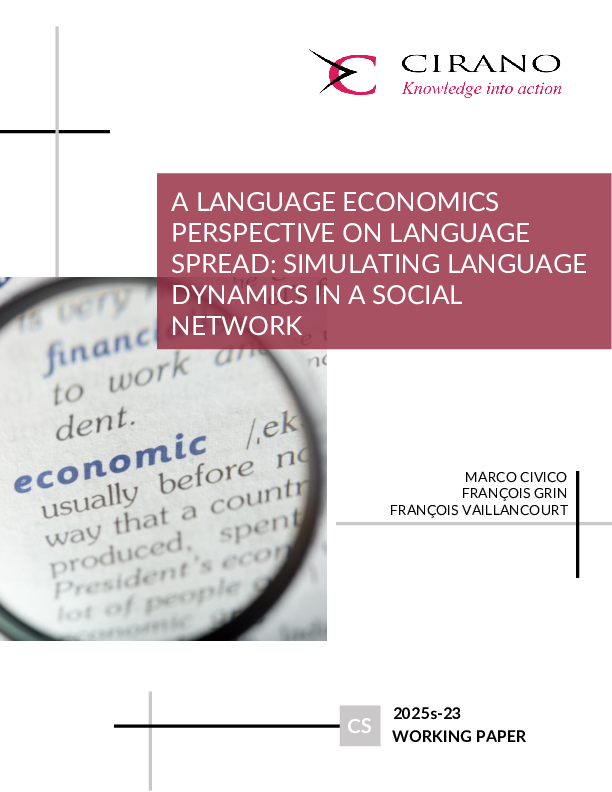Finite-Sample Diagnostics for Multivariate Regressions with Applications to Linear Asset Pricing Models
In this paper, we propose several finite-sample specification tests for multivariate linear regressions (MLR) with applications to asset pricing models. We focus on departures from the assumption of i.i.d. errors assumption, at univariate and multivariate levels, with Gaussian and non-Gaussian (including Student t) errors. The univariate tests studied extend existing exact procedures by allowing for unspecified parameters in the error distributions (e.g., the degrees of freedom in the case of the Student t distribution). The multivariate tests are based on properly standardized multivariate residuals to ensure invariance to MLR coefficients and error covariances. We consider tests for serial correlation, tests for multivariate GARCH and sign-type tests against general dependencies and asymmetries. The procedures proposed provide exact versions of those applied in Shanken (1990) which consist in combining univariate specification tests. Specifically, we combine tests across equations using the MC test procedure to avoid Bonferroni-type bounds. Since non-Gaussian based tests are not pivotal, we apply the "maximized MC"" (MMC) test method [Dufour (2002)], where the MC p-value for the tested hypothesis (which depends on nuisance parameters) is maximized (with respect to these nuisance parameters) to control the tests significance level. The tests proposed are applied to an asset pricing model with observable risk-free rates, using monthly returns on New York Stock Exchange (NYSE) portfolios over five-year subperiods from 1926-1995. Our empirical results reveal the following. Whereas univariate exact tests indicate significant serial correlation, asymmetries and GARCH in some equations, such effects are much less prevalent once error crossequation covariances are accounted for. In addition, significant departures from the i.i.d. hypothesis are less evident once we allow for non-Gaussian errors."
[ - ]




